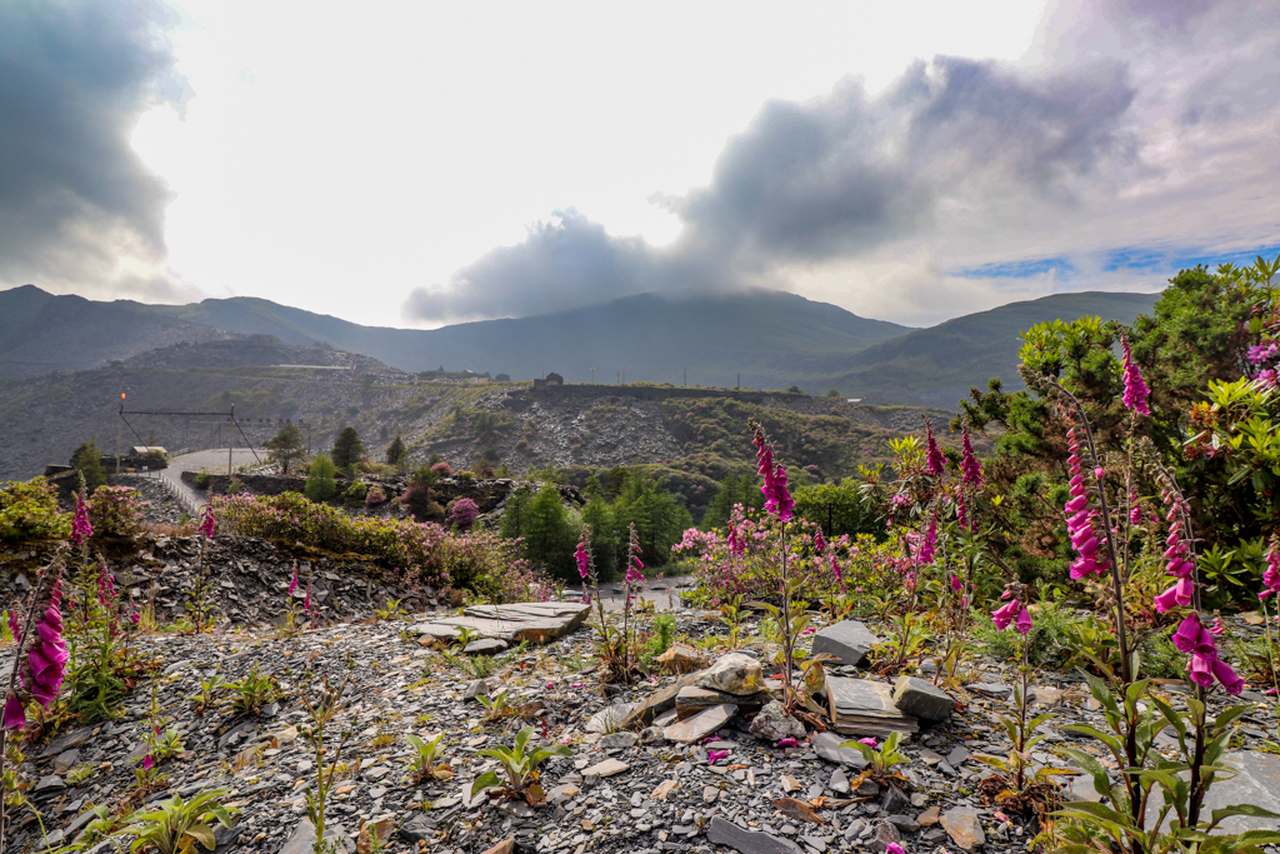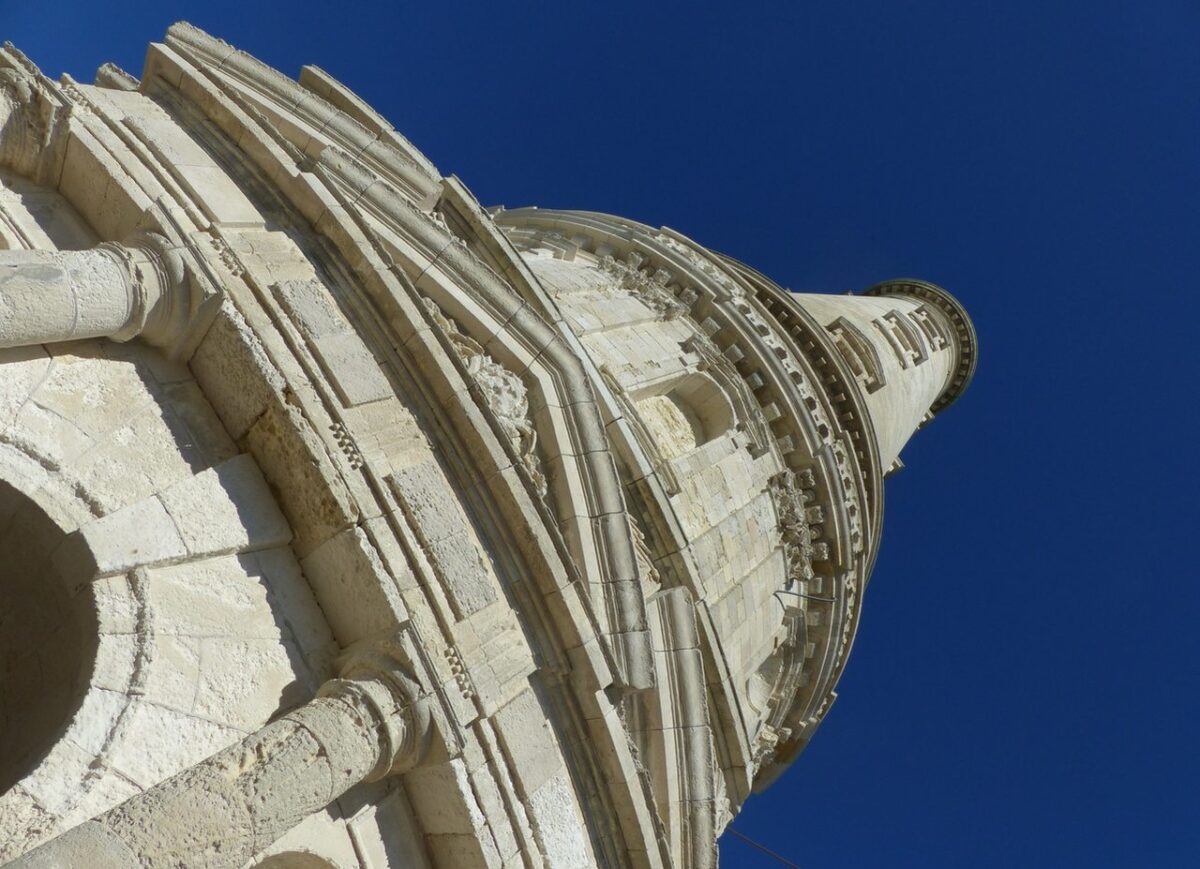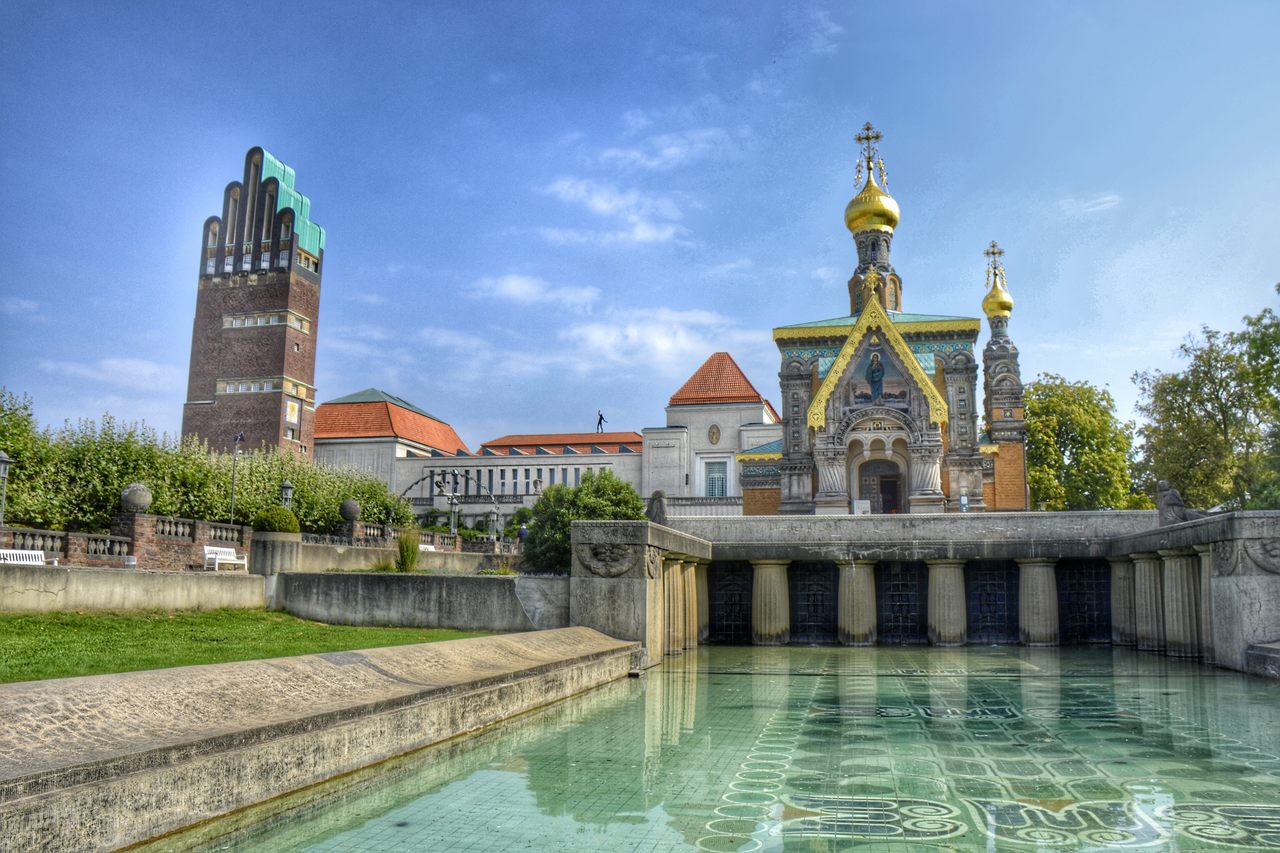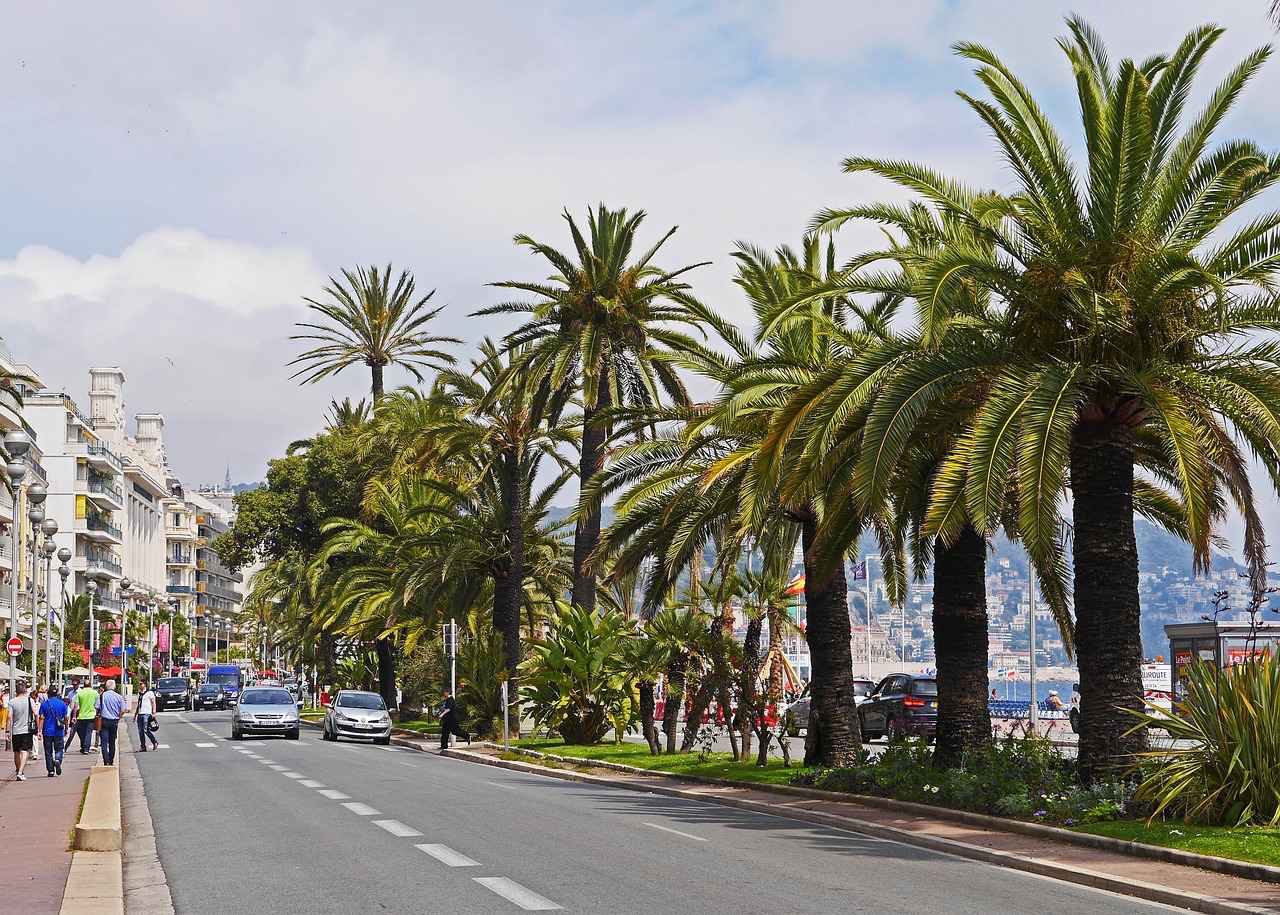Former mining city Blaenau Ffestiniog and its moody slate landscapes have turn into half of the newest UNESCO World Heritage Site, becoming a member of Venice, Egyptâs Pyramids and Indiaâs Taj Mahal.
Last 12 months the UNESCO committee couldn’t meet, making this 12 monthsâs list a bumper decide of the most effective for 2020 and 2021 together with North Wales and a spread of European cities.
The Slate Landscape of Northwest Wales, UK

The distinctive space round Blaenau Ffestiniog, Llanberis, Bethesda and the Nantlle Valley was added to the physiqueâs of celebrated sites and is itâs the fourth UNESCO web site in Wales.
The different are the Pontcysyllte Aqueduct, Blaenavon Industrial Landscape and the Castles and Town Walls of King Edward in Gwynedd.
Blaenau falls proper within the center of this UNESCO panorama and this historic city has efficiently managed to place itself as an out of doors journey capital lately.
Blaenau is finest recognized for being the âtown that roofed the worldâ with the high-quality slate extracted from the quarries in Snowdonia, Gwynedd, exported across the globe.
It was beforehand a world chief for the manufacturing and export of slate within the 1800s, producing 485,000 tonnes of slate a 12 months at its peak.
Welsh slate has been on a quantity of important buildings and palaces throughout the globe, together with Westminster Hall, the Royal Exhibition Building in Melbourne and Copenhagen City Hall in Denmark.
The city has an thrilling vary of out of doors pursuits and world-class points of interest while retaining its heritage and character. Located within the coronary heart of Snowdonia, Blaenau is shut to rugged mountains, lakes and climbing and biking trails, making it the right base for thrill-seekers.
Each 12 months, 1000’s of guests flock to Blaenauâs journey and heritage points of interest together with Llechwedd Slate Caverns, Zip World, Antur Stiniog bike park and the Ffestiniog Railway
Full list of new UNESCO newcomers:
1. Arslantepe Mound, Turkey
2. Chankillo Archaeoastronomical Complex, Peru
3. Colonies of Benevolence, Belgium/Netherlands
4. Cordouan Lighthousem, France

5. Kakatiya Rudreshwara (Ramappa) Temple, Telangana, India
6. Mathildenhöhe Darmstadt, Germany

7. Paduaâs fourteenth-century fresco cycles, Italy
8. Paseo del Prado and Buen Retiro, a panorama of Arts and Sciences, Spain
9. Quanzhou: Emporium of the World in Song-Yuan China, China
10. RoÈia MontanÄ Mining Landscape, Romania
11. SÃtio Roberto Burle Marx, Brazil
12. The Great Spa Towns of Europe, Austria, Belgium, Czechia, France, Germany, Italy, United Kingdom of Great Britain and Northern Ireland
13. The work of engineer Eladio Dieste: Church of Atlántida, Uruguay
14. Trans-Iranian Railway, Iran
15. ḤimÄ Cultural Area, Saudi Arabia
16. Amami-Oshima Island, Tokunoshima Island, Northern half of Okinawa Island, and Iriomote Island, Japan
17. Colchic Rainforests and Wetlands, Georgia
18. Getbol, Korean Tidal Flats, South Korea
19. Kaeng Krachan Forest Complex, Thailand
20. As-Salt â The Place of Tolerance and Urban Hospitality, Jordan
21. Cultural Landscape of Hawraman/Uramanat, Iran
22. Dholavira: a Harappan City, India
23. Frontiers of the Roman Empire â The Lower German Limes, Germany/the Netherlands
24. Jomon Prehistoric Sites in Northern Japan, Japan
25. Nice, Winter Resort Town of the Riviera, France

26. Settlement and Artificial Mummification of the Chinchorro Culture within the Arica and Parinacota Region, Chile
27. ShUm Sites of Speyer, Worms and Mainz, Germany
28. Sudanese type mosques in northern Côte dâIvoire, Côte dâIvoire
29. The Porticoes of Bologna, Italy
30. The works of Jože PleÄnik in Ljubljana â Human Centred Urban Design, Slovenia
31. The Slate Landscape of Northwest Wales, United Kingdom
32. Petroglyphs of Lake Onega and the White Sea, Russia
33. Ivindo National Park, Gabon

